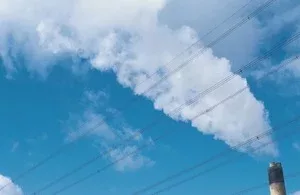Jersey’s air quality was on average, 13.6% lower than it recorded in 2019, according to a new report published by its Minister for the Environment.
It is the 24th consecutive year in which the annual monitoring programme has been carried out, analysing pollutant concentrations in the Island.
A central monitoring station at the Central Market, along with samplers at 17 sites around the Island, monitored levels of nitrogen dioxide (NO2). Five further locations were monitored for hydrocarbons (benzene, toluene, ethylbenzene and xylenes).
The report, prepared by Ricardo Energy and Environment on behalf of the Government of Jersey, found:
- The automatic monitoring site (the Market) recorded an annual mean 13.6% lower than it recorded in 2019.
- The annual mean concentrations of NO2 did not exceed the EC Directive limit value at any of the sites.
- Outside of lockdown, the highest levels of NO2 were consistently recorded at the time of the morning rush hour, between 7am and 8am.
- Overall, hydrocarbons showed a decrease compared with 2019.
Minister for the Environment, Deputy John Young, said: “The Island continues to be a place where we experience overall good levels of air quality. But the lockdown from late March 2020 shows us, as evidenced in this report, how changing our reliance on using petrol and diesel vehicles can further improve the air we breathe.
“The Constable of St Brelade’s recent proposal to increase available funds in the Government Plan for air quality monitoring is very welcome recognition of the importance of this area of work, especially in locations subject to traffic pollution near schools.”






















